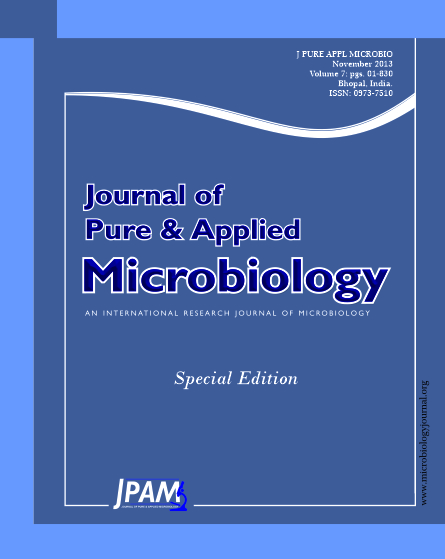Active compounds such as secondary metabolite from plants can be produced via its regeneration of organ or callus or from cell suspension culture. Thus, the aim of this study is to establish the protocol for callus regeneration and cell suspension culture of Ficusdeltoidea var. trengganuensis. Callus regeneration study was conducted on solid media consisted of 9 treatments with combination of picloram and 2,4-D ranging from 1.5ppm to 4.5ppm. After 4 weeks, the callus were weight under sterilize condition. Treatment consisted of MS+3ppm picloram+ 3ppm 2,4-D was found to form the highest weight of callus formation (68.8 ± 21.25mg). Cell suspension wasthen established where 4 weeks old of soft and friable callus of F.deltoidea were used as an inoculum at 2%(w/v) in a 100mL of media. About1ml media was collected at 5 days interval to determine its dry cell weight. The cell suspension culture established in this study showed an increase in its dry cell weight (mg/mL) until day 15th where the density of the biomass were observed to decrease at day 20th. The highest specific growth rate (5.49 x 10-3h-1)was observed at day 5 to day 10.
Callus, Cell suspension, dry cell weight (DCW), Inoculum density, Picloram
© The Author(s) 2013. Open Access. This article is distributed under the terms of the Creative Commons Attribution 4.0 International License which permits unrestricted use, sharing, distribution, and reproduction in any medium, provided you give appropriate credit to the original author(s) and the source, provide a link to the Creative Commons license, and indicate if changes were made.


